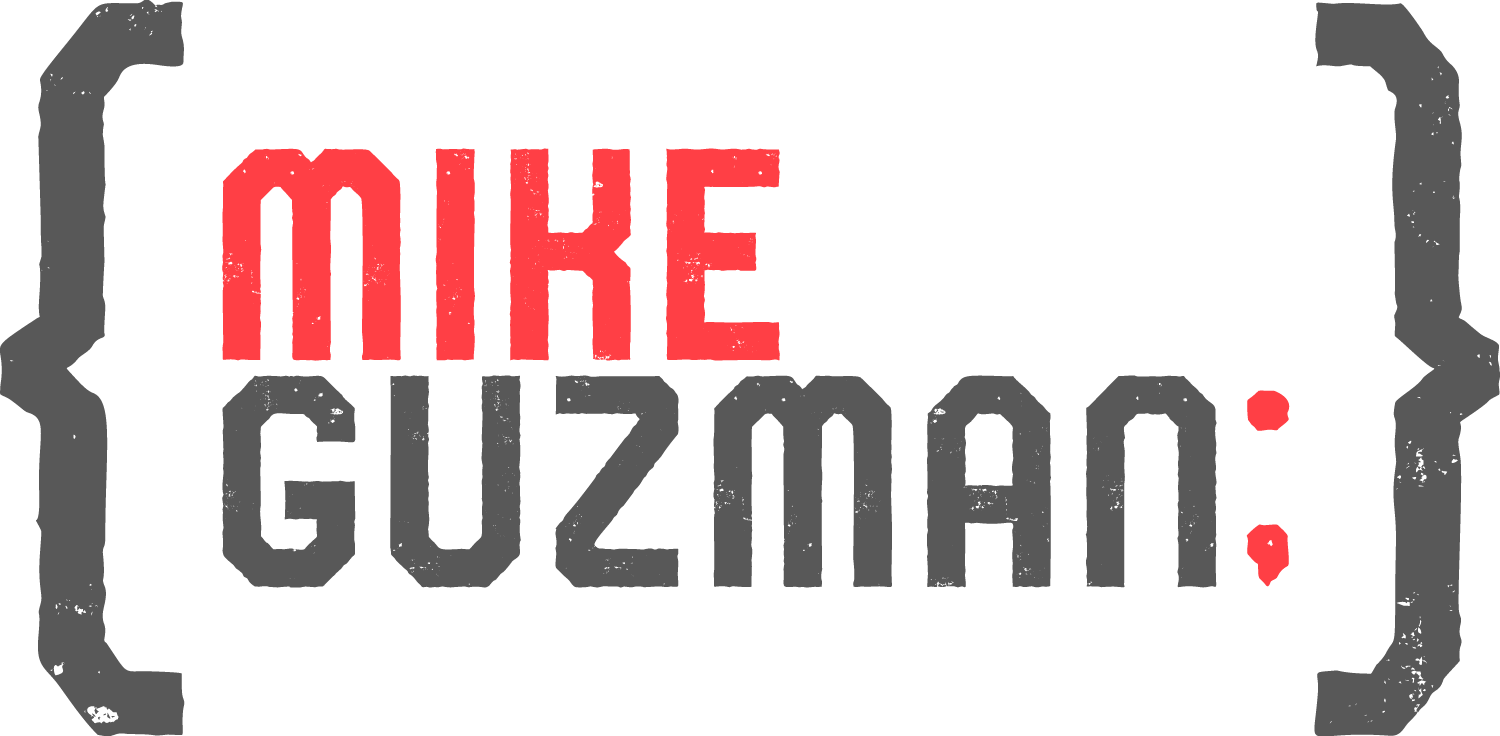Project Overview
The TaskApp is a simple To-Do application designed to demonstrate the implementation of best practices in Android development. It follows a structured architecture that promotes maintainability, scalability, and separation of concerns. This project is a practical example for students learning mobile app development with Kotlin.
App Architecture

The TaskApp is designed using a multi-layered architecture, ensuring that each component of the application has a distinct responsibility. This approach improves testability, modularity, and scalability. The architecture includes:
• UI Layer: Handles user interactions and renders data on the screen.
• ViewModel Layer: Manages UI-related data and business logic while maintaining lifecycle awareness.
• Repository Layer: Acts as a bridge between ViewModel and Data sources, handling data retrieval and caching.
• Data Layer: Responsible for database management, remote API calls, and local storage.
Project Deliverables
Wireframes
Visual mockups of the application’s user interface to outline the layout, navigation, and core features. These serve as a reference for designing a consistent and intuitive user experience.
Database Entity Relationship diagram
A graphical representation of the application’s database structure, detailing the relationships between different entities.

UML Class diagram
A detailed UML (Unified Modeling Language) class diagram to illustrate the system’s object-oriented design. This diagram includes the classes, their attributes, methods, and relationships.

Development Stack
Kotlin is a cross-platform, statically typed, general-purpose programming language with type inference. It is designed to fully interoperate with Java, and the JVM version of its standard library depends on the Java Class Library. However, type inference allows its syntax to be more concise.

